
What is an NFT
What Is a Non-Fungible Token (NFT)?
Non-fungible tokens or NFTs are cryptographic assets on a blockchain with unique identification codes and metadata that distinguish them from each other.
They can’t be traded or exchanged at equivalency. This differs from fungible tokens like cryptocurrencies, which are identical to each other and, therefore, can be used as a medium for commercial transactions.
Understanding NFTs
Like physical money, cryptocurrencies are fungible, meaning that they can be traded or exchanged, one for another.
For example, one Bitcoin is always equal in value to another Bitcoin. Similarly, a single unit of Ether is always equal to another unit.
This fungibility characteristic makes cryptocurrencies suitable for use as a secure medium of transaction in the digital economy.5
NFTs shift the crypto paradigm by making each token unique and irreplaceable, thereby making it impossible for one non-fungible token to be equal to another.
They are also extensible, meaning you can combine one NFT with another to “breed” a third, unique NFT.
Just like Bitcoin, NFTs also contain ownership details for easy identification and transfer between token holders.
Owners can also add metadata or attributes pertaining to the asset in NFTs. For example, tokens representing coffee beans can be classified as fair trade.
Or, artists can sign their digital artwork with their own signature in the metadata.
Why Are Non-Fungible Tokens Important?
Non-fungible tokens are an evolution over the relatively simple concept of cryptocurrencies.
Modern finance systems consist of sophisticated trading and loan systems for different asset types, ranging from real estate to lending contracts to artwork.
By enabling digital representations of physical assets, NFTs are a step forward in the reinvention of this infrastructure.
The idea of digital representations of physical assets is not novel nor is the use of unique identification.
Perhaps, the most obvious benefit of NFTs is market efficiency.
Non-fungible tokens are also excellent for identity management.
The case of physical passports that need to be at every entry and exit point. By converting individual passports into NFTs, each with its own unique identifying characteristics, it is possible to streamline the entry and exit processes for jurisdictions.
NFTs can also democratize investing by fractionalizing physical assets like real estate.
It is much easier to divide a digital real estate asset among multiple owners than a physical one.
Thus, a painting need not always have a single owner. Its digital equivalent can have multiple owners, each responsible for a fraction of the painting.
Such arrangements could increase its worth and revenues.
What are some examples of non-fungible tokens?
Non-fungible tokens can digitally represent any asset, including online-only assets like digital artwork and real assets such as real estate.
Other examples of the assets that NFTs can represent include in-game items like avatars, digital and non-digital collectibles, domain names, and event tickets.
How can I buy NFTs?
Many NFTs can only be purchased with Ether, so owning some of this cryptocurrency—and storing it in a digital wallet—is usually the first step.
You can then purchase NFTs via any of the online NFT marketplaces, including OpenSea, Rarible, and SuperRare.
Are non-fungible tokens safe?
Non-fungible tokens, which use blockchain technology just like cryptocurrency, are generally secure.


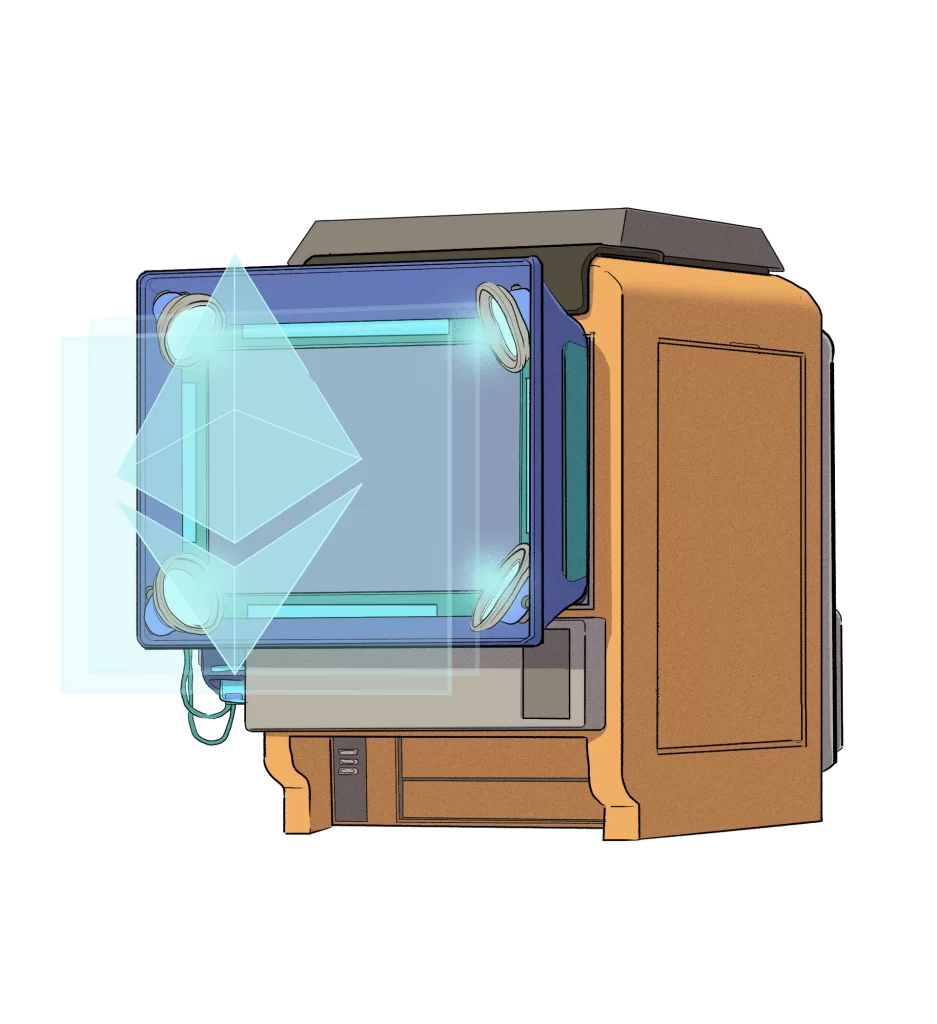
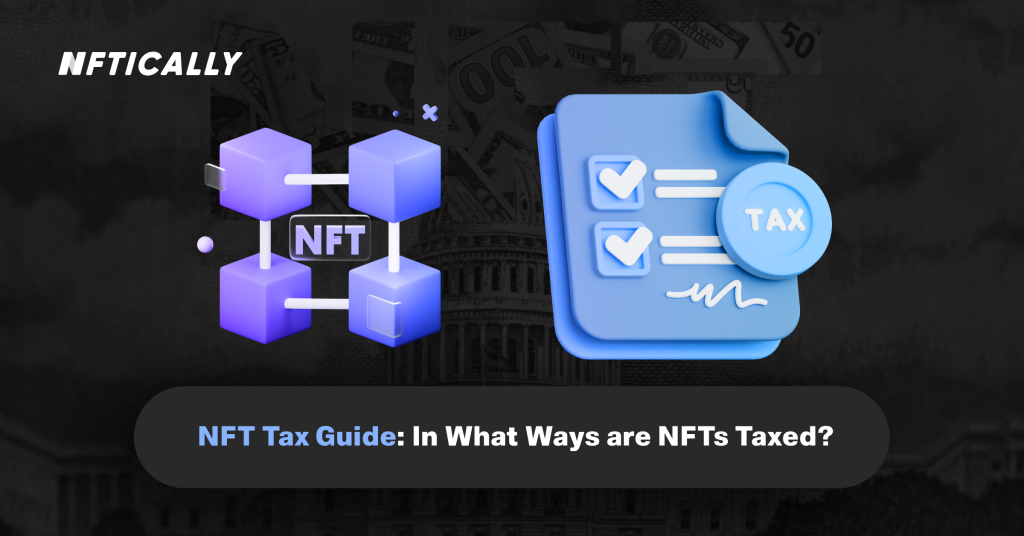
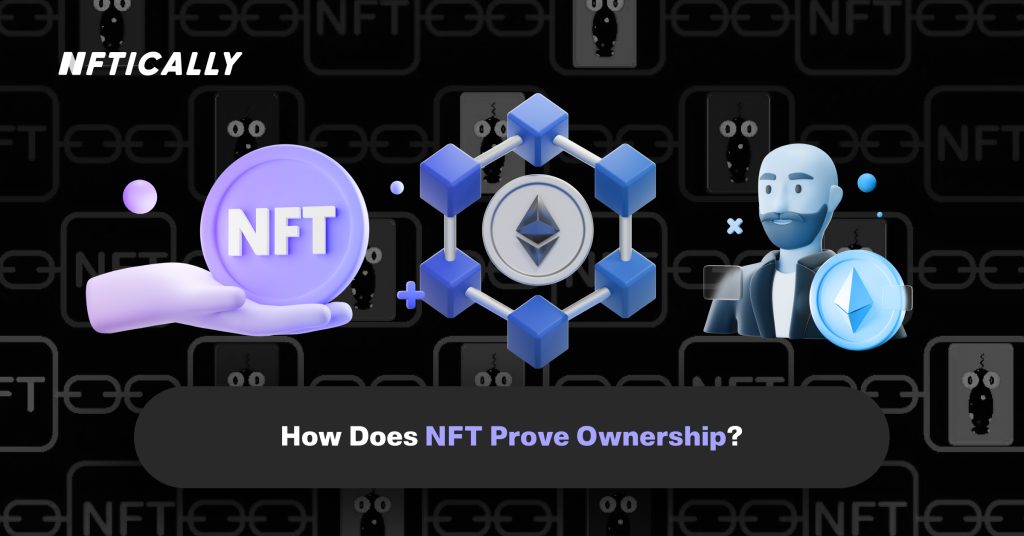
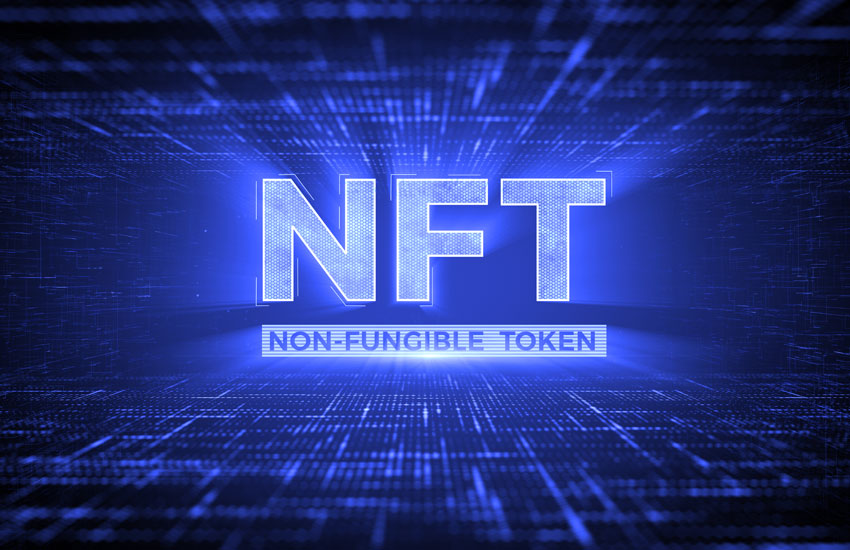
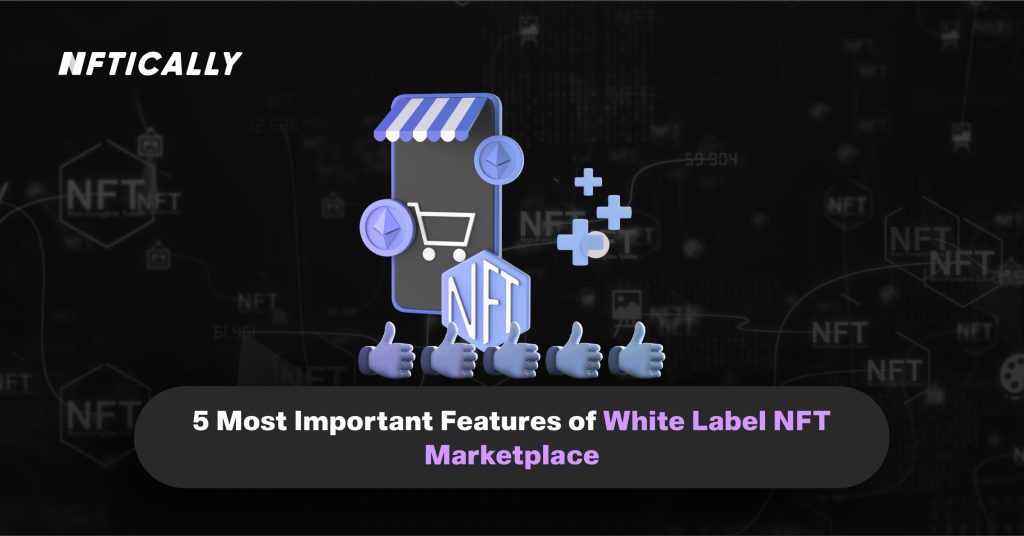
Responses